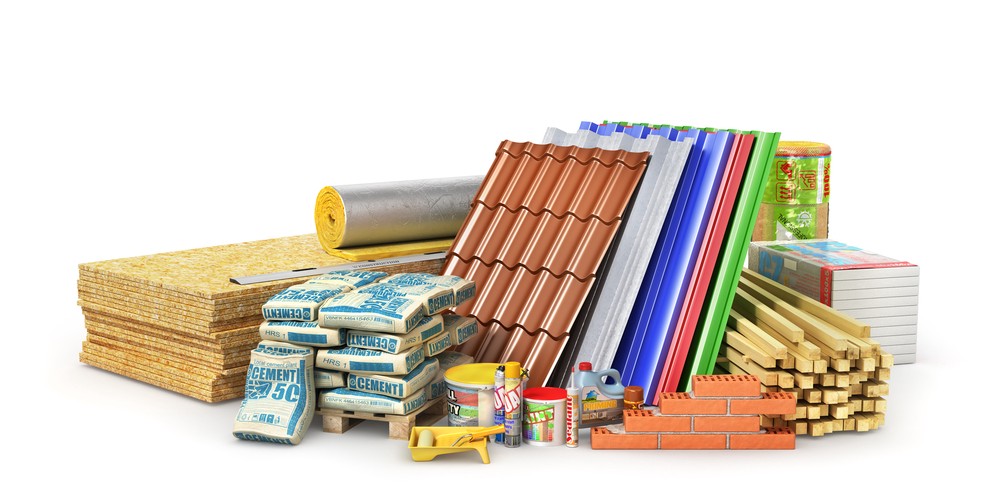Opening the Environmental Benefits of Recycled Compounds in Building And Construction and Layout
In the world of building and style, the use of recycled compounds holds significant pledge for improving sustainability methods and decreasing environmental impact. The change towards a more lasting future in these sectors pivots on unlocking the complete potential of recycled compounds.

Ecological Impact Reduction
The reduction of environmental impact via making use of recycled composites in construction and layout plays a vital function in lasting methods. By integrating recycled compounds right into building materials, the construction industry can substantially reduce its carbon impact and add to a much more environment-friendly future. These lasting materials, made from repurposed plastics, wood fibers, or various other recycled components, supply a viable alternative to traditional construction materials without endangering on top quality or longevity.
Recycled composites aid draw away waste from land fills and reduce the need for extracting basic materials, thus saving natural deposits. Furthermore, the manufacturing process of these compounds commonly takes in much less power and gives off less greenhouse gases contrasted to producing virgin materials (composites). This change in the direction of making use of recycled compounds not just decreases ecological injury but likewise advertises a circular economic climate by urging the reuse of products that would or else be thrown out
Waste Minimization
With a concentrate on minimizing waste in construction and style, the combination of recycled composites uses a sustainable solution to lower environmental effect. Waste reduction is an essential element of lasting techniques, and making use of recycled composites offers an opportunity to attain this goal properly. By utilizing products that have already served their preliminary objective, such as recycled plastics or redeemed wood fibers, the building and design industries can considerably minimize the amount of waste created and sent out to landfills.
Recycled composites have the potential to draw away significant amounts of waste from conventional disposal methods, contributing to a more circular economy where sources are made use of efficiently. Additionally, the manufacturing process of recycled compounds frequently consumes less energy and generates fewer emissions compared to virgin products, better decreasing the ecological impact of building and design projects.
Executing waste reduction techniques through the unification of recycled compounds not only helps in saving natural sources yet also promotes a more sustainable method to structure and making for a greener future.
Power Preservation
Integrating recycled composites not only minimizes waste in construction and style however also plays a crucial role in enhancing energy conservation practices within the sector. Using recycled compounds in building can dramatically add to power preservation with numerous methods. The production of virgin products generally calls for considerable energy inputs, whereas utilizing recycled composites takes in less energy, therefore lowering overall energy usage. Furthermore, integrating recycled compounds can contribute to far better insulation residential or commercial properties in buildings, minimizing the requirement for excessive home heating or air conditioning, and consequently reducing power usage for climate control. The lightweight nature of lots of recycled composites can lead to lighter frameworks, calling for less power for transport and setup. By advertising using recycled composites in construction and layout, the market can make significant strides towards attaining power performance and lowering its carbon footprint, eventually contributing to a more sustainable built atmosphere.
Carbon Impact Reduction
Enhancing sustainability practices via the application of recycled composites in building and design dramatically minimizes the carbon footprint of the sector. By integrating recycled materials right into the manufacturing of composites, the demand for virgin sources lowers, bring about reduced power intake and greenhouse gas emissions associated with traditional production processes. This reduction in carbon footprint is critical in combating environment modification and promoting an extra eco-friendly technique to building and layout.
The carbon footprint check my blog decrease accomplished with the fostering of recycled compounds lines up with the international press in the direction of sustainable practices and the decrease of commercial emissions. Eventually, by prioritizing the combination of recycled composites, the industry can make considerable strides in reducing its carbon footprint and contributing to an extra lasting future.
Lasting Future
The assimilation of recycled composites in construction and layout not only addresses prompt ecological worries yet also lays a solid foundation for a sustainable future in the sector. By incorporating recycled top article compounds right into structure materials and items, the building and construction and design sectors can substantially minimize their dependence on virgin resources, bring about an extra round economic climate. This shift in the direction of sustainability is crucial for reducing the environmental influence of typical construction methods, which typically lead to high levels of waste generation and source depletion.

Conclusion
Finally, recycled compounds supply significant ecological benefits in construction and style by decreasing ecological effect, reducing waste, conserving energy, lowering carbon footprint, and promoting a lasting future. Welcoming the use of recycled compounds can contribute to a much more environmentally-friendly technique to building and layout, eventually causing an extra lasting and greener future for all.
The decrease of ecological influence with the use of recycled composites in building and construction and design plays an essential duty in lasting techniques.With an emphasis on reducing waste in building and construction and layout, the assimilation of recycled compounds provides a lasting remedy to decrease environmental effect. By advertising the usage of recycled composites in building and construction and design, the industry can make significant strides towards accomplishing power efficiency and reducing its carbon footprint, eventually adding to an extra lasting constructed setting.
